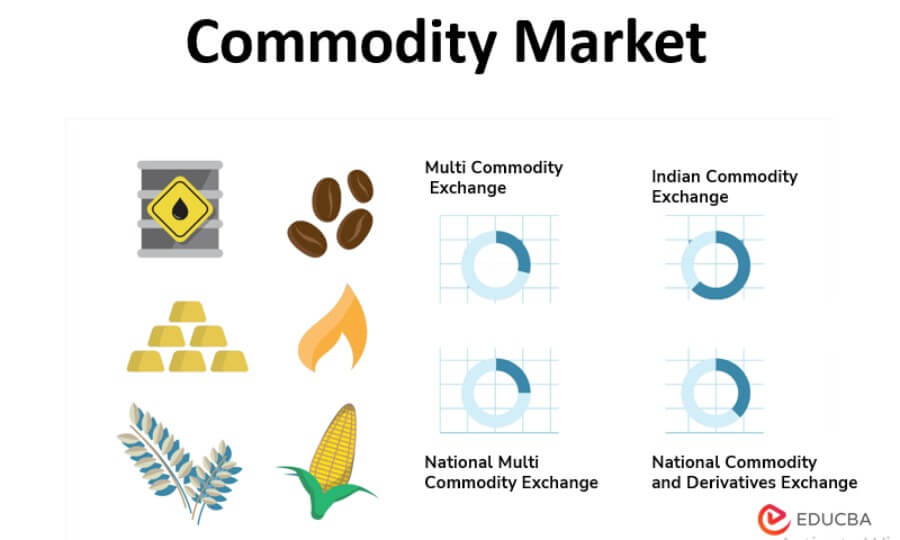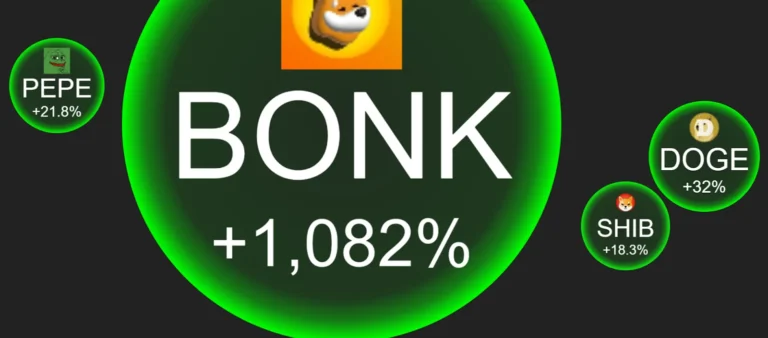Common Types of Commodities: From Gold to Grains

Commodities, such as grains, gold, beef, oil, and natural gas, are interchangeable goods produced by producers and are highly speculative and sensitive to economic changes.
Gold, one of the world’s oldest and most precious metals, is awarded to athletes, designed into jewellery, and even built into temples. Its aesthetic appeal and long-term importance in the global economy make it a significant resource in various cultures.
The grains trade, the oldest market, has been trading grains for millennia. While stocks, forex, and hard commodities like gold and oil dominate today, grains markets remain significant due to their volatility, offering high-risk/reward opportunities for traders, with substantial gains and losses common.
Contents [show]
Typical Commodity Types: From Grains to Gold
The gold market
Gold was first used as currency by the Byzantine Empire (395-1453AD), with the Byzantine solidus being the most notable. It was also used as the world reserve currency until 1971 when the US abandoned the gold standard. Before then, currency value was directly linked to gold, with paper money backed by gold bullion.
How is gold not like other forms of currency?
Is gold thus a commodity? A coin? or both of them combined?
Under a free market economy, gold, a commodity that is frequently combined with other precious metals like silver, platinum, and palladium, may be sold in a wide range of currencies. Gold can be transformed into currency in most currencies and is quite liquid, even if it isn’t often used for direct payments.
Factors impact the price of gold
Due to its indestructibility and non-consumptionability, gold is a safe investment. Global crises, supply and demand, and investor behaviour all affect its price. Reducing interest rates by the Federal Reserve may devalue the US currency and increase the price of gold.
Maintaining a consistent supply of gold and guaranteeing its value requires keeping an eye on economic announcements such as those about unemployment, interest rates, and natural calamities.
Why do people trade gold?
Safe haven: Gold’s reputation as a safe investment often leads to its success when other asset classes, like stocks, are experiencing poor performance.
Hedge against inflation: Inflation occurs when a currency’s value decreases while its price rises, leading some traders to store their wealth in gold, as gold is a finite resource, unlike currency.
Ways to trade gold?
Gold futures and options: Gold trading can be done through futures and options contracts, with the COMEX section of the Chicago Mercantile Exchange being the largest exchange for gold futures. This 24-hour electronic trading platform offers contracts weighing 100 troy ounces, making gold widely traded on global stock exchanges.
Spot Gold: Gold is an over-the-counter asset, with 70% of global trading being physical through the London Bullion Market Association, primarily composed of international banks, bullion refiners, and dealers.
Investing: Gold exposure can be achieved through investing in shares or ETFs, which can be leveraged by purchasing shares in gold companies and miners listed on securities exchanges or gold ETFs that track the underlying commodity’s value.
Trading via CFDs: Gold CFDs are trading options that allow traders to buy or sell positions in a financial instrument, exposing them to gold price fluctuations without physically purchasing the commodity.
Gold stocks
CFDs can be traded on various gold stocks in the share market, providing exposure to the underlying asset without owning the gold product. Traders open positions based on the expectation of the gold company’s share price to rise or fall, resulting in profit or loss depending on price movement.
Gold ETFs
An ETF is a type of investment vehicle that provides exposure to a commodity through a pool of underlying assets such as company stock. Gold ETF trading allows traders to diversify their portfolios at a reasonable cost by investing in many gold shares.
Grains future market
Most traders operate in futures markets, speculating on commodity prices at the time of contract delivery. They operate on exchanges like the Sydney Futures Market, Chicago Board of Trade, and London Commodity Exchange, focusing on widely consumed grains like wheat, corn, soybeans, rice, and oats, unless they work for a grain processing company.
Other varieties of grains, such as barley and canola, also have limited markets.
Capital requirements of grains
Soft commodities like grains offer traders a low capital outlay due to their tangible contracts representing physical commodities. Brokerage firms lend at a lower margin, providing greater financial leverage, and making trading a viable option.
Leverage trading involves opening a brokering account and a margin loan on a commodity trading platform, allowing you to borrow most of the contract’s value, limiting your initial capital contribution and amplifying gains and losses.
What causes such volatility in grain markets?
Grain markets can exhibit sharp price fluctuations, offering both opportunities and risks for traders. So why do these price fluctuations occur?
Supply and demand: Grain prices are impacted by supply and demand, as commodities are a worldwide good. While robust economic development in big economies like the eurozone might lead to price increases, a bountiful wheat crop in certain areas could result in price reductions. For instance, a decline in beer consumption could decrease demand for malted barley. However, if producers withdraw barley crops, supply may drop, potentially causing prices to rebound.
Liquidity: Grain futures are less traded than stocks, forex, gold, and oil, making it easier for prices to fluctuate due to fewer end users and lower volumes.
Mother Nature: In 2011, Cyclone Yasi devastated Australia’s North Queensland banana crop, causing prices to skyrocket past $15 a kilo.
Conclusion
Grains trading is a lucrative but risky business with numerous variables. Traders should research and consider downside risks. Many focus on more than one or two commodities instead of diversifying across the market.
Gold trading has seen various empires and economies rise and fall, making it a safe haven investment. However, prices fluctuate over time, creating opportunities and risks for traders. Traders should research and consider the complexities of the market before investing.
Also Read: Gcam Apk





